#Efficiency
Ford Lighting EPA-Estimated Range Confirmed
With window stickers of Ford’s all-electric Lightning pickup having leaked late last week, there were a lot of people interested in having their “Fuel Economy and Environment” estimates verified. Ford CEO Jim Farley has obliged by confirming the figures, adding that the vehicle’s maximum range should ballpark around 300 miles (or better) unless you snub the extended-range models.
The executive confirmed the F-150 Lightning XLT, Lariat, and Pro trims at 320 miles with the bigger battery. Though those running with the standard battery pack only yield 230 miles between charging. Meanwhile, the Lightning Platinum tops out at 300 miles even due to it having gnarly tires and being less aerodynamic than its siblings.
Ford's Upcoming E-Transit is Kansas City Resident, Means $100M Plant Investment
As we reported a couple of weeks ago, Ford is set to debut its new E-Transit electric van tomorrow. An announcement was made yesterday regarding the Transit’s production location. And the new van brings along some cash, and jobs as well.
Hyundai's Smallest CUV Probably Out-MPGs Your Car
The Hyundai Venue, a bottom-rung, A-segment crossover of such a diminutive size that you’d be forgiven for thinking it showed up in the wrong market by accident, has undergone testing by the Environmental Protection Agency.
Stretching one inch less than a Kia Rio hatch when measured stem to stern, the Venue is part of Hyundai’s effort to eliminate white space in its U.S. lineup while providing young car buyers with an attainable place to start climbing the Hyundai product ladder. These buyers, the EPA confirms, will not have to worry about lofty fuel bills.
Rare Rides: The 1982 Plymouth TC3, Sporty Liftback Time
Today’s Rare Ride is the much sportier (but mostly the same) liftback version of the Horizon that everyone forgot. It’s a Plymouth TC3, from 1982.
Honda's Plan: More Hybrids, Fewer Trims, and a New Platform
Honda CEO Takahiro Hachigo provided a run-down of his company’s future on Wednesday, revealing a new global architecture slated to underpin a slew of vehicles in the coming decade.
Efficiency was the thread connecting all of Hachigo’s promises — efficiency in development, in manufacturing, and in driving. The company feels it has a good thing in its two-motor hybrid system, so a decision was made to spread it around. As for upcoming models, Honda suggests its future lineup might not be as diverse as it is today.
BMW Won't Drop Its V12 Until at Least 2023
With environmentalism gradually neutering the internal combustion engine, small motors are increasingly cropping up in cars they seemingly have no business in. While that’s partly the fault of there being so many gigantic automobiles on the market, at least historically speaking, none of it would be possible without increasingly stringent fuel economy mandates.
As emission rules are unlikely to soften globally (we’ll see what the United States does), larger engines are assumed to go the way of the dodo bird — or some other overly specialized creature.
Not Interested: Ford Passes on General Motors' Nine-speed Transmission
Way back in 2013, General Motors and the Ford Motor Co. signed an agreement to collaborate on transmissions. The deal stipulated that GM would get access to Ford’s 10-speed automatic transmission, intended for rear-drive applications, if the Blue Oval could have the Hydra-Matic 9T50 nine-speed under development by The General for front-drive models — and everyone would save some money.
However, things didn’t play out as intended. Ford is now saying the nine-speed auto doesn’t provide enough of a fuel economy improvement to justify the added cost and weight of an extra gear. It won’t be using it, at least not in its current form. Instead, Ford engineers have decided to use a trio of transmissions with fewer gears for front-wheel-drive units.
EPA Says the 2018 Nissan Leaf Goes the Extra Mile - Literally
What a difference a mile makes. Or does it? In the case of the 2018 Nissan Leaf, the second-generation model’s newly enlarged driving range might not sway a single buyer or suddenly place the model ahead of a close challenger, but any improvement in an EV’s travel radius is worthy of a celebration at the company’s HQ.
If you haven’t heard the news, the 2018 Leaf’s range now stands at 151 miles, according to the Environmental Protection Agency’s just-released official rating. What was it before? Well, Nissan estimated 150 miles. Hardly shocking, but it’s nonetheless good news as the automaker waits for next year’s arrival of a longer-ranged, more competitive model.
QOTD: Variable Displacement - New Hotness or Inevitable Blowout?
At this week’s L.A. Auto Show and Traffic Negotiation Event, Infiniti will reveal the next generation QX50 — an overdue replacement for the aged model formerly known as the EX35. While the introduction of a crossover that’s losing its V6 and rear-wheel-drive platform wouldn’t normally interest me, the model’s new engine does.
Today we’re going to discuss variable displacement and the future of internal combustion engines. Fly or flop, what say you?
Rare Rides: This Extremely Rare 2015 Volkswagen XL1 Gets 260 Miles Per Gallon
Today’s Rare Ride is a nearly-new example of the very limited production Volkswagen XL1. Equal parts efficiency and rarity, this is the first Volkswagen product featured in our Rare Rides series, and probably the most efficient vehicle we’ll ever see here.
Come check out what 260 miles per gallon looks like.
More Internal Combustion Abandonment: Mazda Plans Fully Electric Fleet By 'Early 2030s'
Mazda recently announced the testing of its Skyactiv-X compression ignition engine, which promises to burn gasoline with diesel-like efficiency. If it hits its projected launch date of 2019, it will become the first mass-produced motor of its type and is likely to be showered with praise from environmentalists and enthusiasts alike.
However, as we progress deeper into the millennium, it’s becoming evident that more and more automakers are willing to embrace electricity as the next solution to efficiency. That makes Mazda a bit of an oddity, maybe even a dinosaur, and we were wondering when the company would give in to electrification. Especially since it has already partnered with Toyota to tighten its grasp on the technology.
This Is What Mazda EPA MPG Results Will Look Like With Skyactiv-X HCCI Engines (Asterisk, Fine Print, Subject To Change)
Mazda announced on August 8th what had long been rumored. The small Japanese automaker has successfully overcome the remaining issues which held at bay mass production of gasoline compression ignition.
Essentially, Mazda’s Skyactiv-X engines, due first in the next-generation 2019 Mazda 3, is intended to bring diesel-like ignition to small, supercharged four-cylinder engines, along with diesel-like fuel economy. However, the gas-fired Skyactiv-X engines will be wildly cleaner than diesel powerplants. Mazda has said in the past that these HCCI engines will likely limit the need for continuously variable transmissions. We also learned, with Mazda’s latest pronouncement, that the company’s Skyactiv-X engines will be significantly torquier than their Skyactiv-G predecessors.
If Mazda can live up to its pronouncements — the company says the engines are “still under development and figures are subject to change” — it’ll be a win for both the environment and driving enthusiasts. And because Mazda also claims a 20-30-percent improvement in fuel efficiency, it’ll be a win for your bank account, as well.
We wanted to see exactly where Mazda’s alleged fuel savings will put Mazda’s current products on the EPA’s miles per gallon scale, so here are the results of some quick math.
Is Infiniti's Variable Compression Turbo the Holy Grail of Power and Efficiency?
It was 1998 and my friend Tom had just picked up a 1991 Eagle Talon TSI AWD.
“Ok, go ahead and floor it, but don’t rev it past 5,000 rpm,” Tom said.
I mashed the throttle and … nothing happened.
We were moving, but it was at the pace of a Toyota Corolla and nowhere near the rate of acceleration promised by the 2.0-liter turbo’s claimed 195 horsepower.
Disappointed, I left my foot on the throttle for a few seconds. Suddenly, I heard the whistle of the spooling turbo and a sudden shove of boost kicked in.
Four-cylinder turbo engines from the ‘90s were all similar to this. While they generated relatively big power at the top end, they also suffered from massive turbo lag and had fuel economy similar to a much larger V8.
Nissan’s new Variable Compression Turbo engine promises big power, minimal turbo lag, and decent fuel economy using some new trickery.
Is this the holy grail of turbocharged motors?
Formula 1 Claws Its Way Back to Roadgoing Relevancy
The complaint most often tossed at Formula 1 is that despite being the (alleged) pinnacle of motorsports, its relevancy to road cars has disappeared.
That same feeling is what brought us to the current formula of tiny 1.6-liter turbocharged six-cylinder engines, all coupled to a complex hybrid system. Since that move, the racing series has focused more on engine development that in almost any era before, and with that comes a breakthrough in the way we look at thermal efficiency.
Honda's Revolutionary Assembly Line Makeover Takes Workers on a Ride
Henry Ford’s way of building cars was so 20th Century, so Honda tried something new.
Workers at the automaker’s new Thailand plant now stay in motion all day, moving with the vehicle as it travels down the assembly line, Automotive News reports.




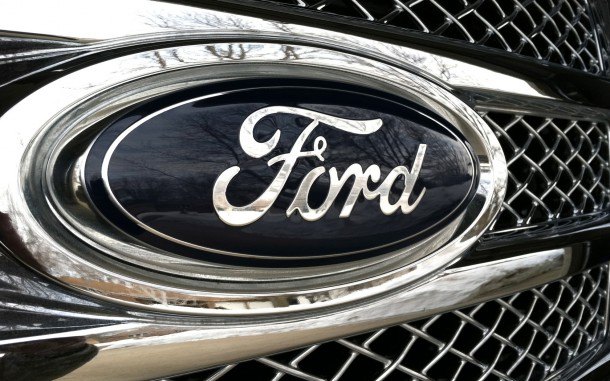

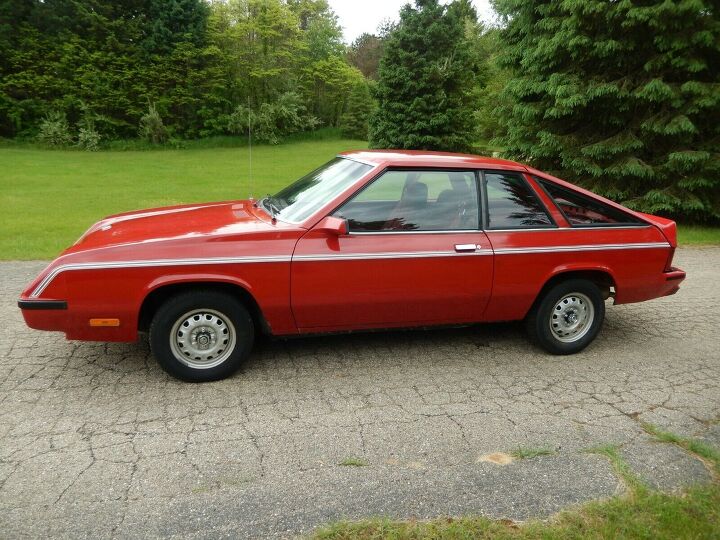

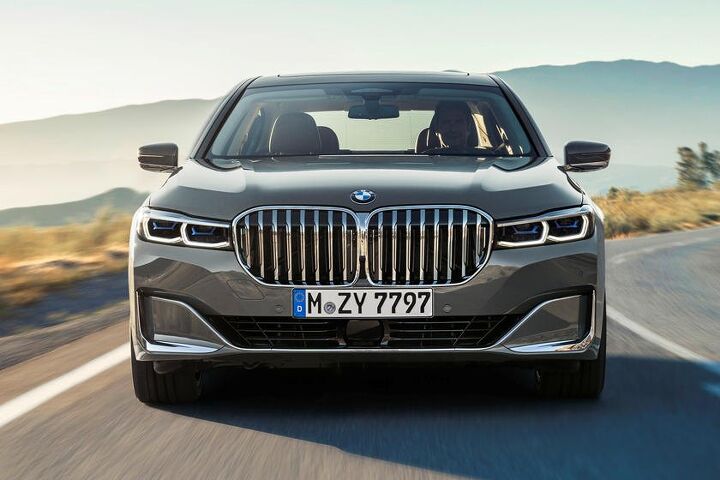

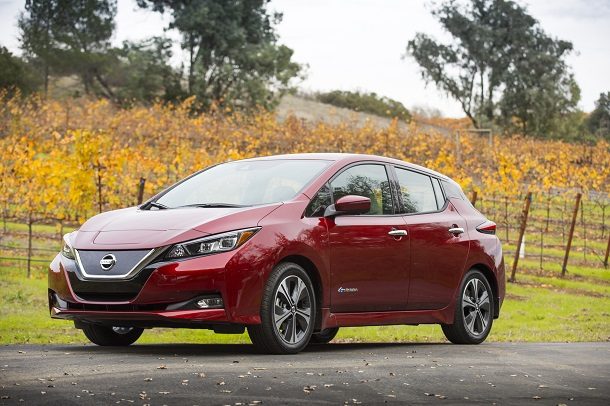


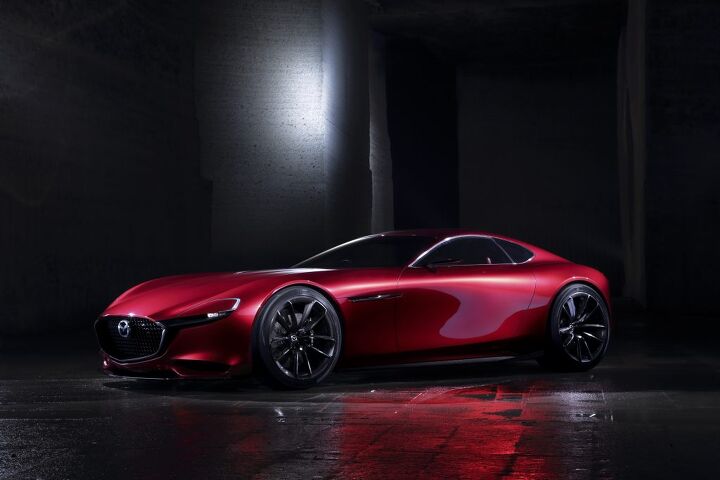



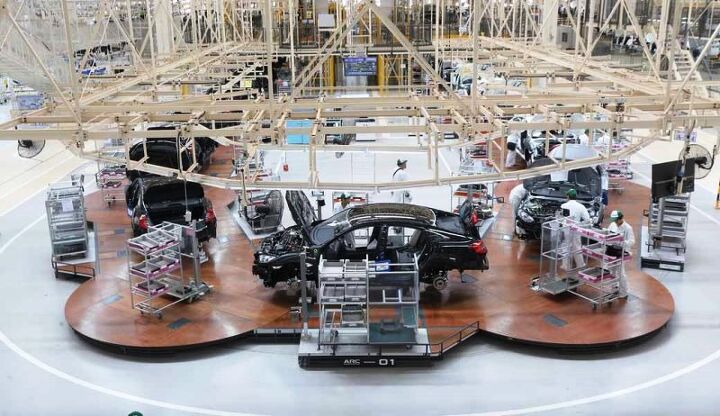












Recent Comments